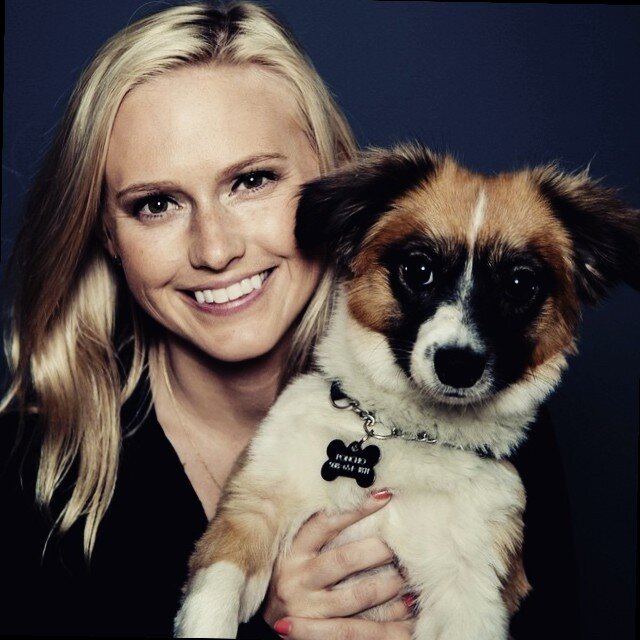Want stakeholder buy-in? Present the MVR (Minimum Viable Research)

As a user researcher, I guarantee you have hit a point (or multiple points) in which you had to convince, or beg, stakeholders to either 1. Do research in general, or 2. Conduct certain research projects. Oftentimes, in this role, you are not only evangelizing the user’s voice and trying to create empathy for users, you are simultaneously trying to get some empathy for yourself and evangelize user research. It can be quite exhausting. You can find yourself up against barriers such as: concern that user research will take forever, cost millions of dollars in Amazon gift cards or the product team has a good enough intuition to design products that users love.
What can you do? Put on your running shorts and prepare to become an Olympic Hurdler (I had to Google that, and I’m not even sure that is the right term).
How does a user researcher hurdle? By treating your stakeholders like users.
While there are different approaches to getting buy-in, there is one I really think is particularly effective, especially in our field: performing user research on stakeholders by understanding the ‘why’ behind the pushback.
When a stakeholder says “no” to your user research project, it can feel deflating and frustrating, causing you to become defensive. Would you ever get defensive while speaking with users during an interview? Hopefully not. So, why would you do that to stakeholders? Essentially, they are your users too. While they aren’t using the product/feature in question, they are still an audience you need to understand and cater to.
When a user gives you feedback during an interview, you ask them why they feel or think a certain way. Why wouldn’t that be the same for stakeholders? You want to create an open space for, both, your stakeholders and users, in which you are able to facilitate a conversation filled with empathy and understanding. If that isn’t user research at it’s finest, I don’t know what is.
What are some questions to ask your stakeholders?
- Why do you feel negatively about user research?
- This will help you understand the best ways to quell their fears - Tell me what happened the last time you did user research.
- This will help you understand the fears or expectations stakeholders may have - What is your ideal timeline and approach for this project?
- With this, you are able to find ways to insert user research into their timeline - What are the biggest barriers to conducting user research on this project
- You can begin to understand how to best fit research in so it overcomes these specific barriers - If we could manage to do any user research on this project, what would it be?
- Opens the conversation up to discover what they think user research might mean for this project - What could be some ideal outcomes of user research on this project?
- Highlights the potential positive outcomes of user research
Once you’ve identified the root of the “no,” you can begin to cater your MVR plan to addressing the concerns.
Minimal Viable Research in 3 Steps
Now you have identified stakeholders biggest pain points and needs with user research, time to build some personas! Kidding. The next part is understanding what the business goals are, which generally encompass metrics I spoke about in another article, such as revenue, acquisition rates and retention rates. If you are able to understand why stakeholders are pushing back on user research (step 1) and then, in parallel, uncover the business goals and metrics most important to them (step 2), you can then create a research plan that both mitigates their worries and shows how research can impact the metrics they care about (step 3).
For example, as the new user researcher at Dog City (a purely fictional company, but what a fantastic place to work) I would, obviously, like to start conducting user research. I go to my team, excited to be the new, shiny employee who brings value, and, I find, they are hesitant as to where to begin and how user research works. Naturally, I dig deeper and discover they believe user research isn’t a priority and we don’t have time to do these projects. Step one complete.
With this knowledge, I know I have to present a fast option that will deliver high impact to the business. My next mission is to head over to higher level stakeholders in order to understand what the business goals are for this particular quarter at Dog City. Lo and behold, we are focused on conversion rates. Step 2 complete.
I then have some work to do. I take a look at the current checkout flow and perform a ‘mini’ heuristic evaluation myself. I find a small amount of previous research has been done and has shown users having a hard time during checkout because it is hard to complete the forms. Finally, I look into Google Analytics and see users are abandoning at two distinct points. What does this lead to?
An MVR plan of usability testing the checkout flow with seven users over the course of a week, which would yield high-impact and actionable recommendations with two results: placating the team by showing them research doesn’t have to take forever and appealing to management who are looking to increase conversion rates. Step three complete.
(BONUS) Step 4: Rinse and repeat until people are banging down your door (or hovering over you, in the more common open-office layout) with their own research project requests. Go forth, Dog City user researcher, and take over the world!
There are many ways to go about this and, of course, it always depends on the company, stakeholders, teams, etc, but I would love to hear about how you jumped over the hurdles of getting buy-in!
[embed]https://upscri.be/50d69a/[/embed]
